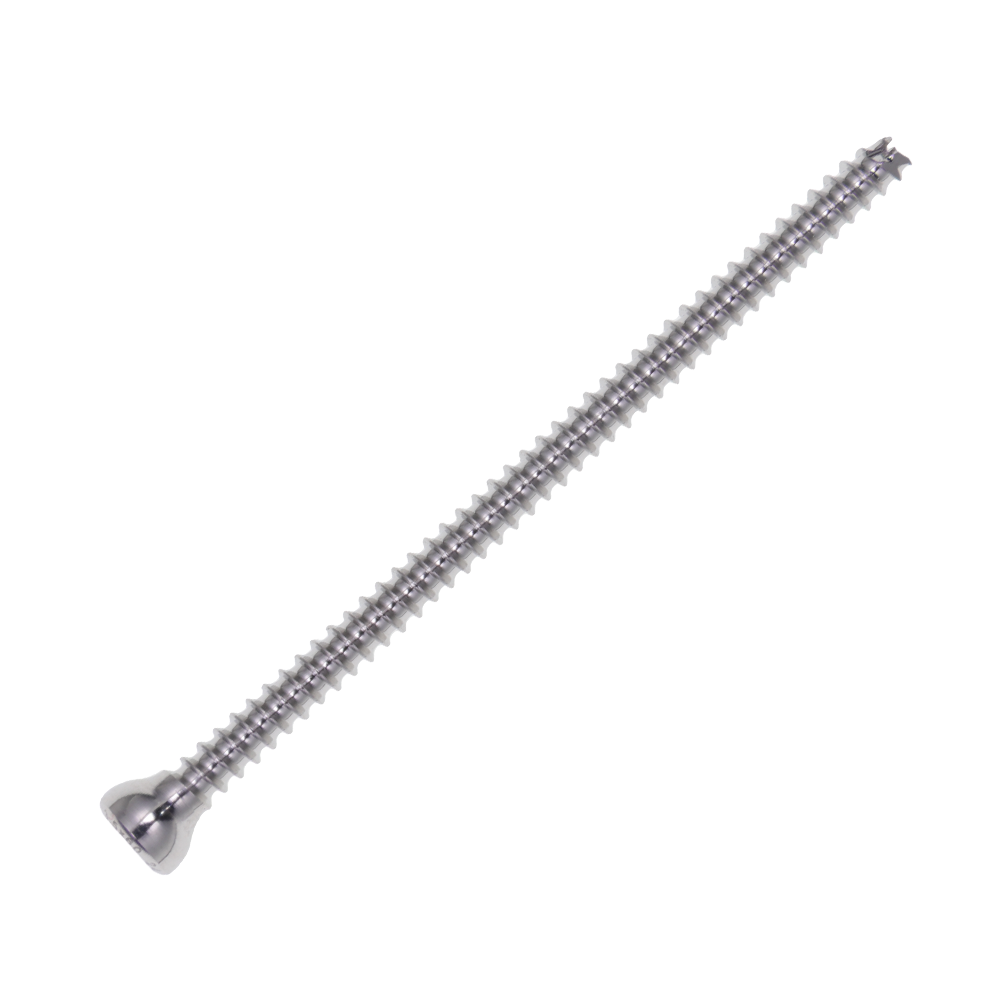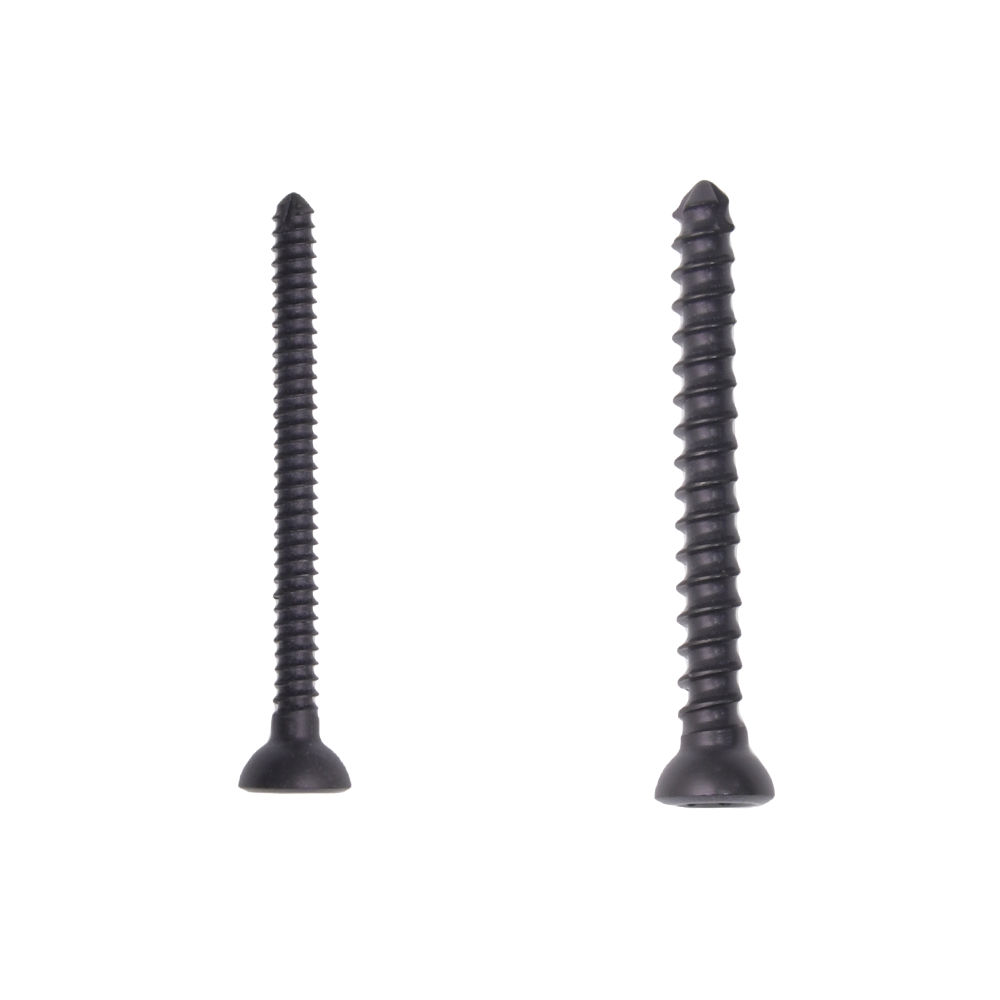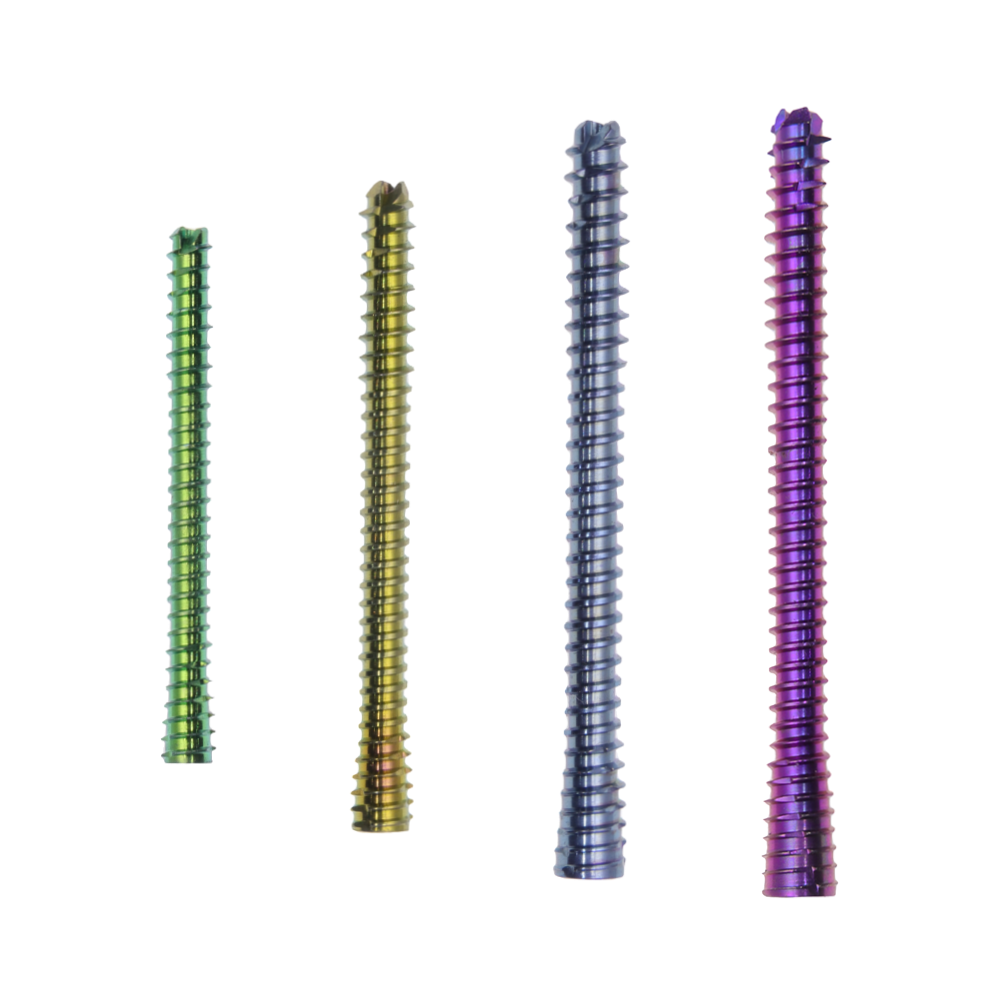orthopedic pins and screws
Orthopedic pins and screws represent essential components in modern orthopedic surgery, serving as crucial fixation devices for bone fractures and reconstructive procedures. These precision-engineered medical devices are specifically designed to provide stable internal fixation, promoting optimal bone healing and recovery. Manufactured from biocompatible materials such as titanium alloys and surgical-grade stainless steel, these implants offer exceptional strength and durability while maintaining compatibility with the human body. The pins come in various diameters and lengths to accommodate different anatomical requirements and surgical applications, while screws feature specialized thread patterns and head designs optimized for specific bone densities and loading conditions. Advanced surface treatments and coatings enhance osseointegration, reducing the risk of implant loosening and improving long-term outcomes. These devices incorporate innovative self-tapping designs and precise threading that facilitate accurate placement and secure fixation, while their carefully engineered geometries minimize tissue trauma during insertion. Modern orthopedic pins and screws also feature compatibility with imaging technologies, allowing for clear visualization during post-operative monitoring and follow-up care.


